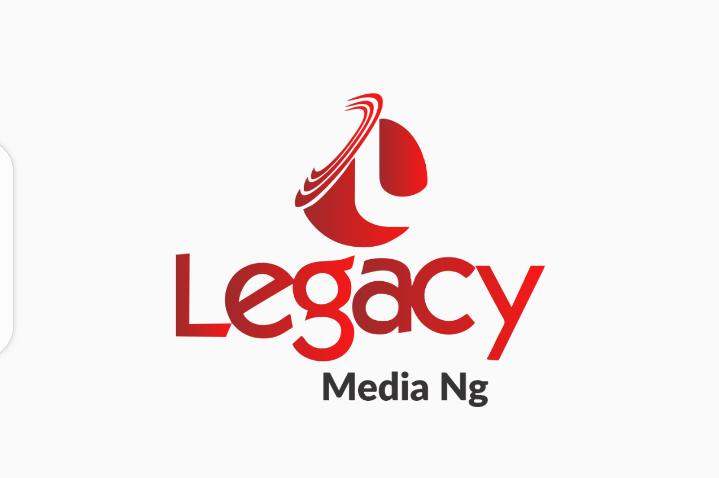Oluwaseyi Lawal
The amount a business allocates to marketing is entirely contingent on the strategies it employs. Opting for traditional marketing approaches, such as radio, television, and billboard advertising, may result in a less adaptable budget compared to a focus on digital marketing.
Though determining an exact figure for a brand’s business’s marketing expenditure without access to historical data is challenging, there are general guidelines regarding the percentage of a brand’s budget that should be dedicated to marketing spend.
Digital marketing for consistent growth
Based on a Gartner survey in August 2020, an average of 74% of individuals anticipate an increase in their digital advertising expenditure in 2024. Conversely, the Interactive Advertising Bureau (IAB) notes a more than 40% year-over-year decline in digital out-of-home (DOOH) advertising spend for the 2020 fiscal year. Digital out-of-home advertising includes those large electronic billboards visible in public spaces.
A digital strategy provides businesses with greater control over their budget, target audience, and the timing of their ad campaigns, making it a substantial investment capable of driving growth when utilized effectively.
Paid social channels to compensate for organic reach
According to the same Gartner study referenced earlier, 78% of business-to-consumer (B2C) marketers and 69% of business-to-business (B2B) marketers anticipate an uptick in their digital advertising expenditure. It is evident that a portion of this marketing spend should be allocated to social media advertising.
With an influx of businesses joining social media platforms and the algorithm favoring interactions with friends and family over brands, advertising has become more crucial than ever. As of 2019, Hootsuite reported a 2% decrease in organic reach for Facebook posts, juxtaposed with a notable 30% increase in ad impressions.
Investment in original web content
Utilizing content marketing can facilitate the development of valuable and trusted relationships with consumers for a brand’s business. SEMrush’s findings at the beginning of 2020 revealed that over 62% of respondents intended to increase their spending to enhance their content marketing strategy. The increased number of content marketers will result in the creation of more white papers, videos, infographics, and other premium content, all contributing to heightened visibility for the brands producing it.
Investment in user experience
Investing in enhancing the user experience (UX) of your website is crucial in a digital landscape with over 1.8 billion websites, according to Internet Live Stats. It is essential to ensure that visitors to your site have a positive experience, as an unfavorable one could lead to an 88% chance they won’t return. Various marketing strategies, including conversion optimization, copywriting, and content marketing, fall under the UX umbrella, influencing a visitor’s perception of your brand. By focusing on details such as mobile responsiveness, a consistent color scheme, modern design trends, easy information accessibility, calls to action, and prominently displaying contact information on each page, you can significantly enhance your website’s appeal and attract more online customers.







Comment
No comments found.